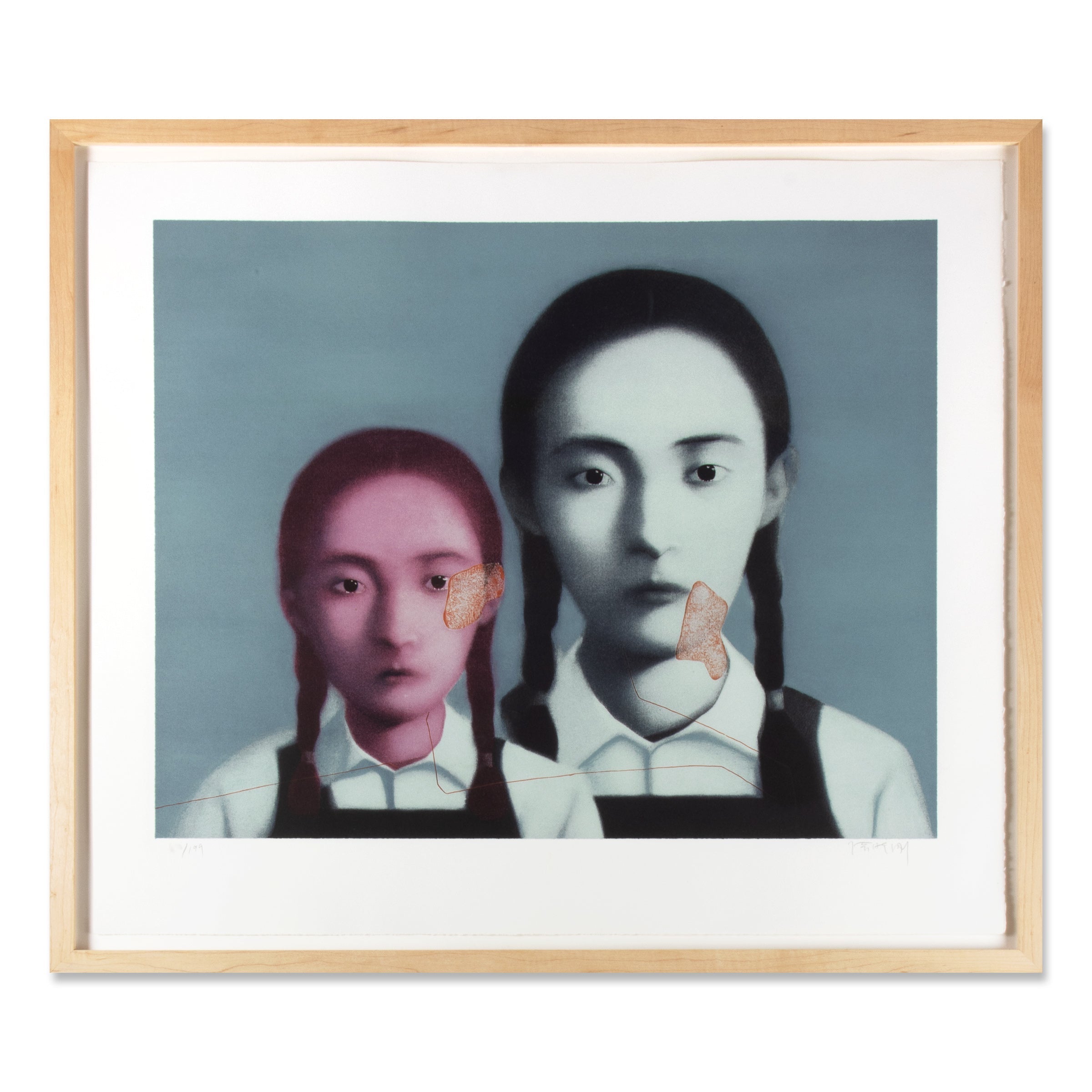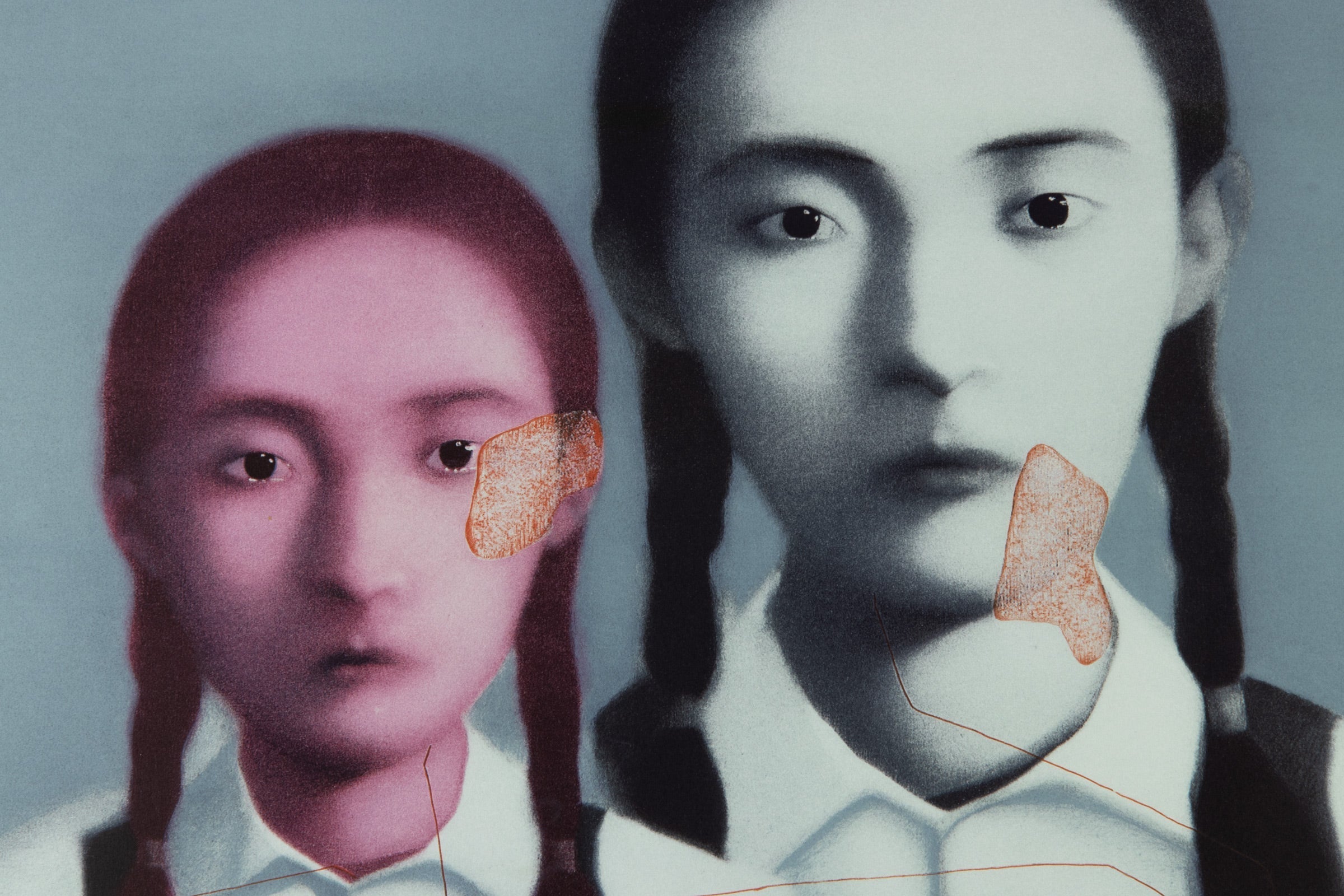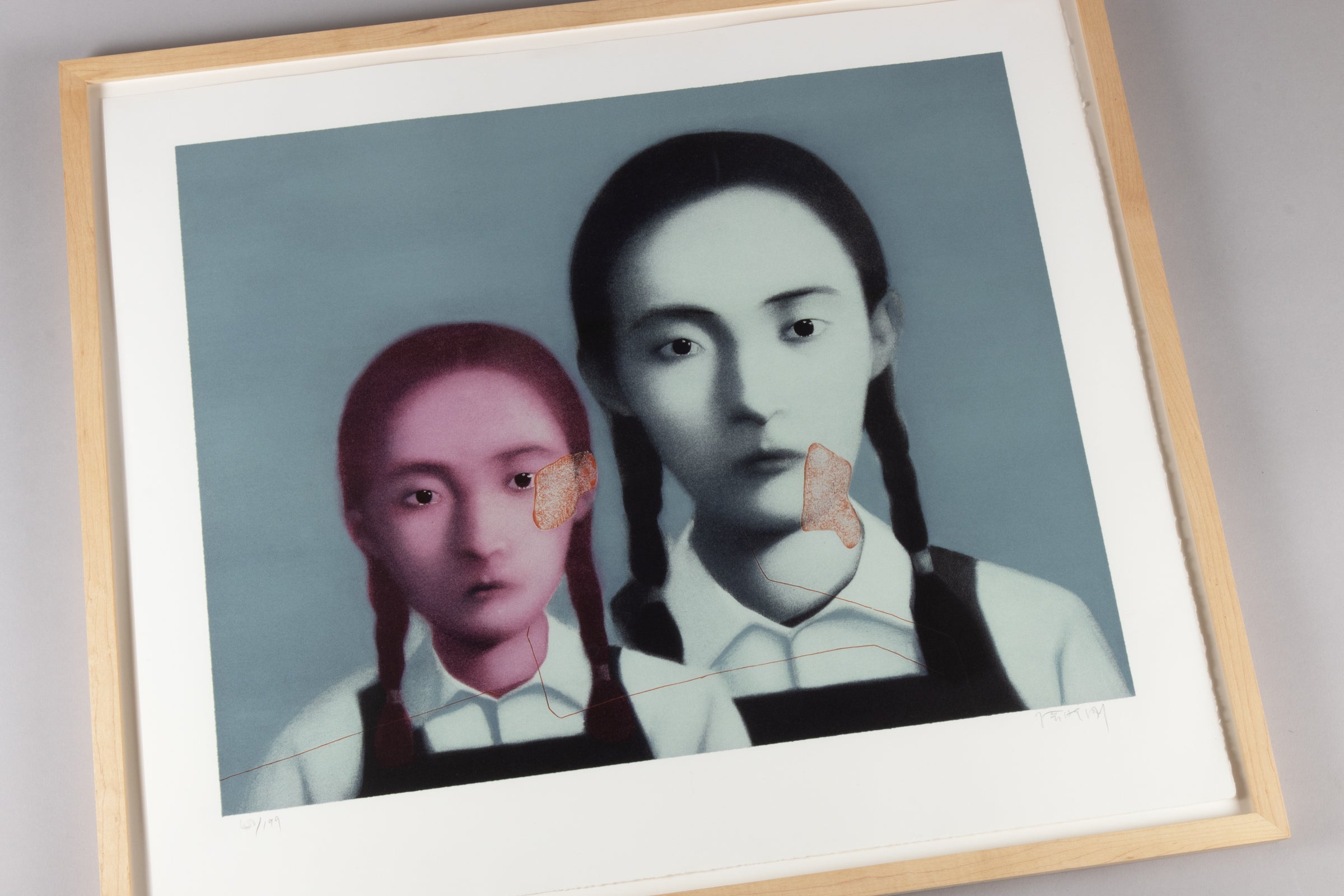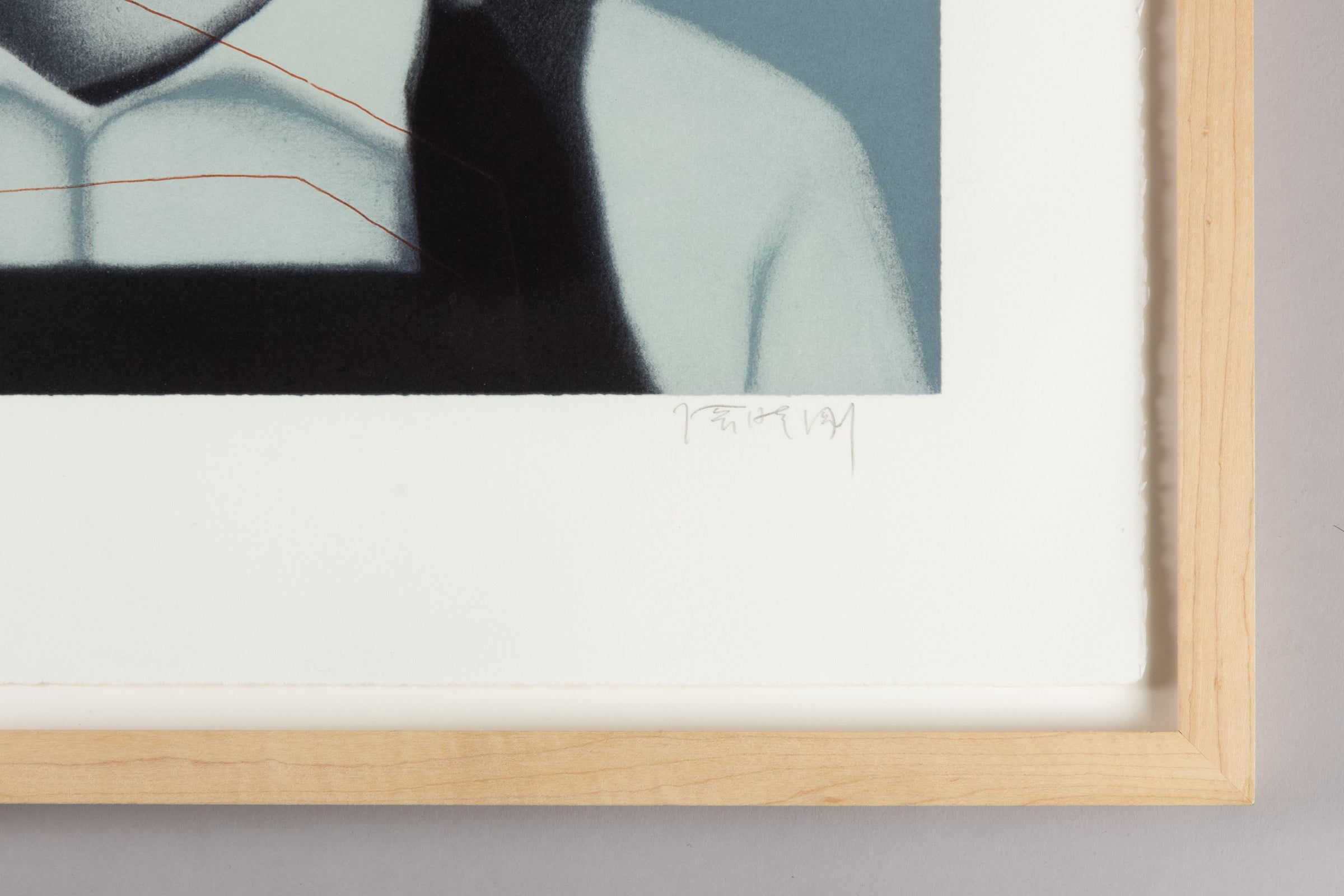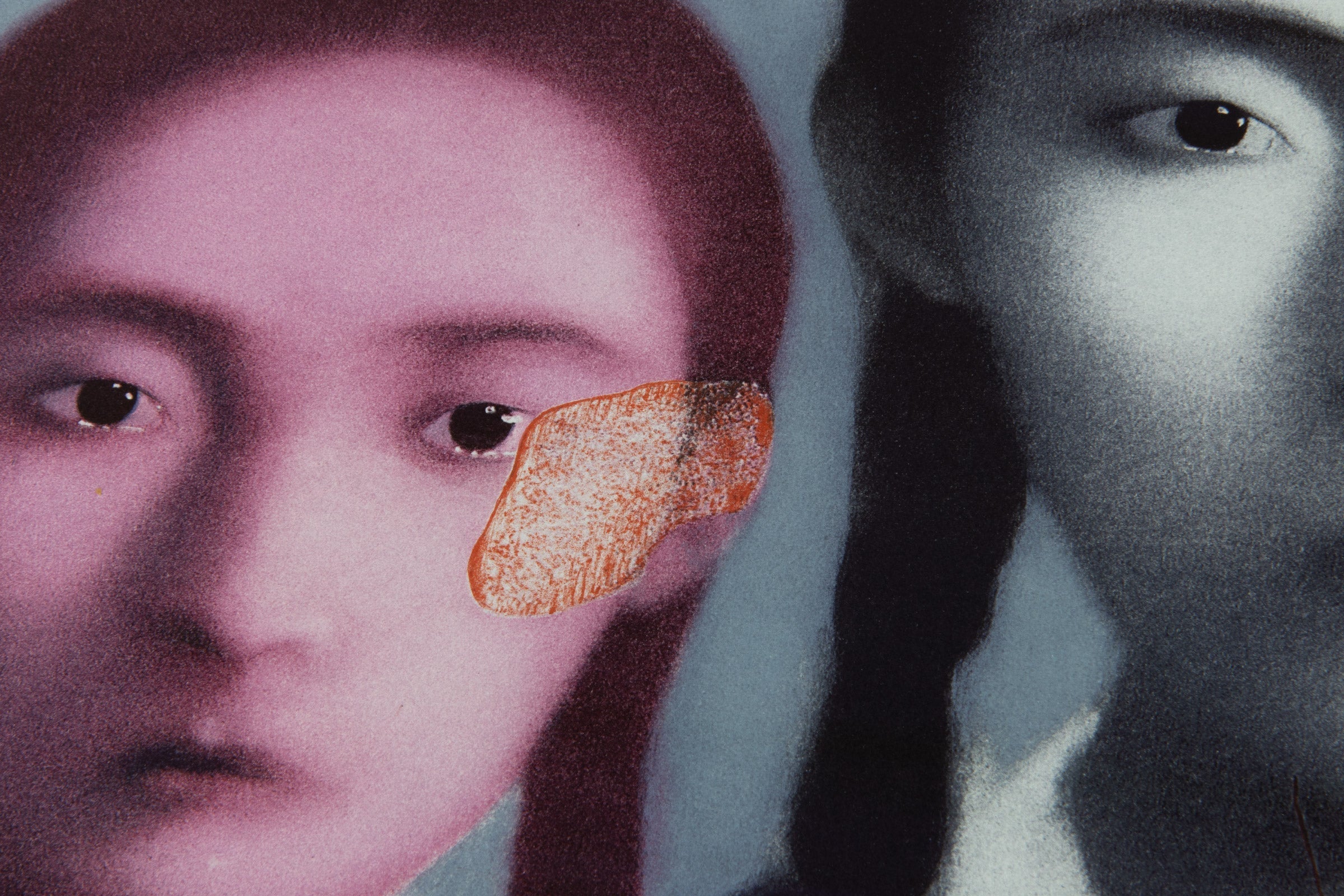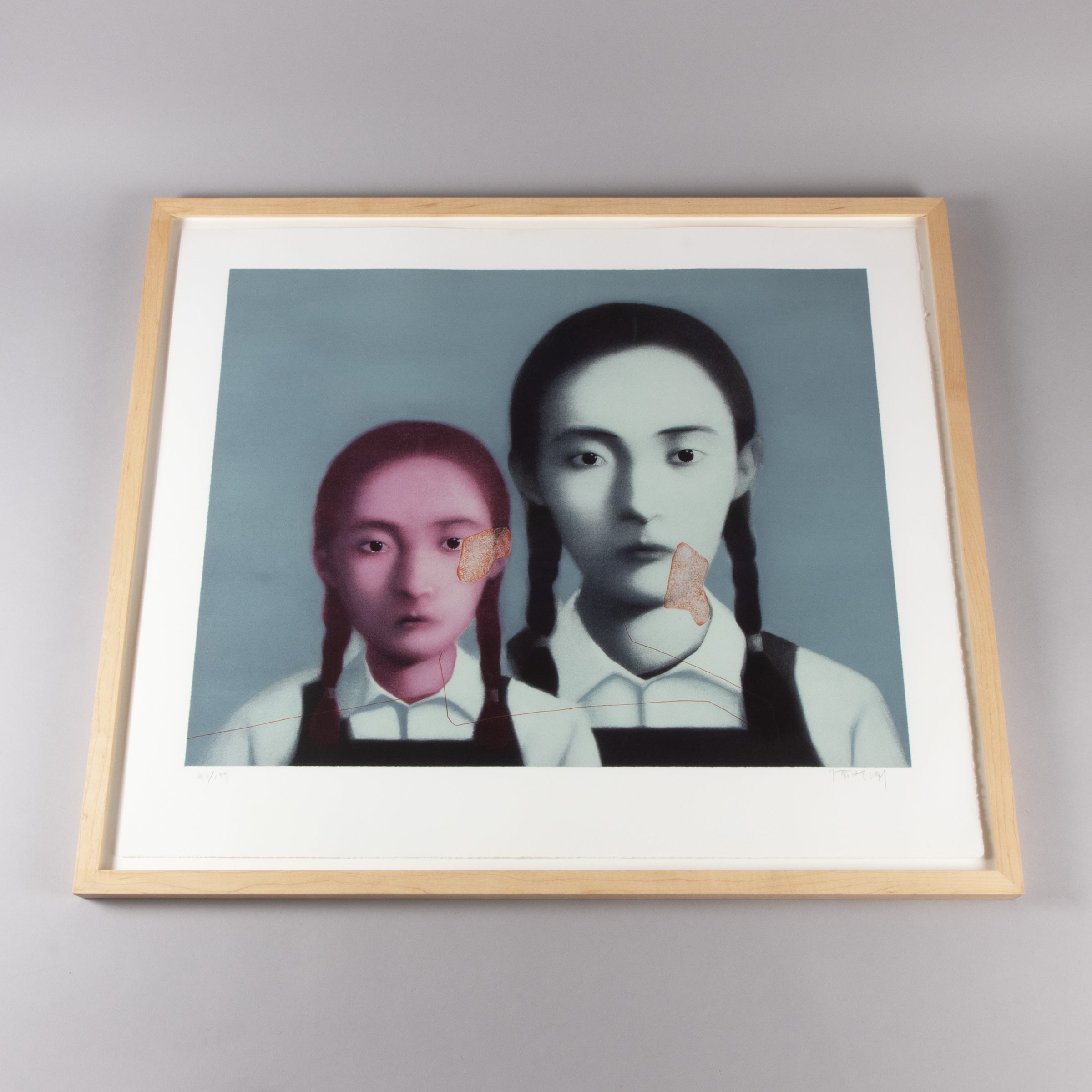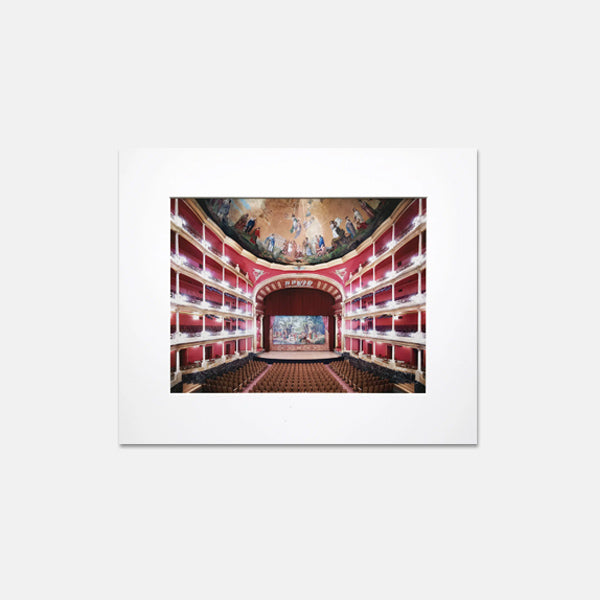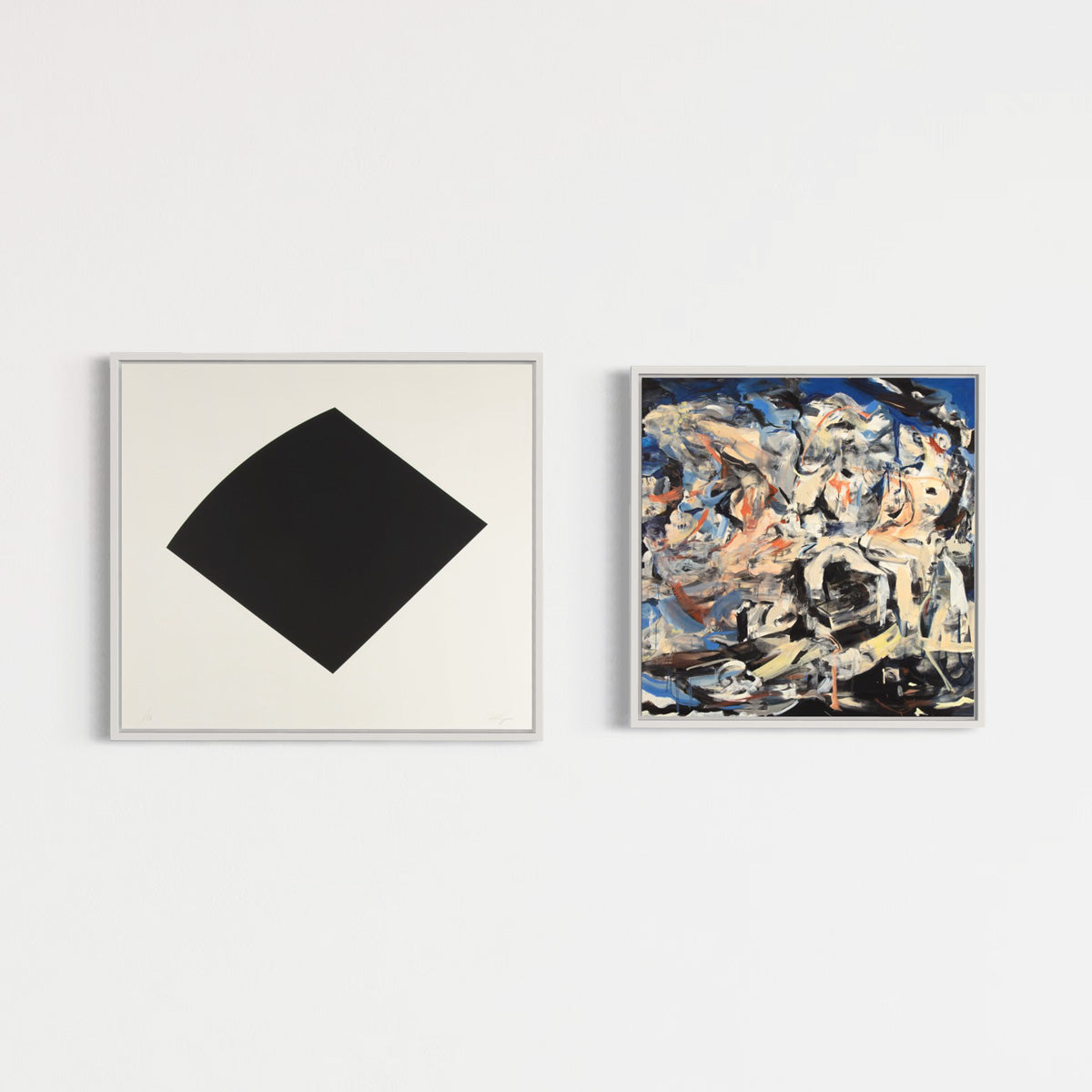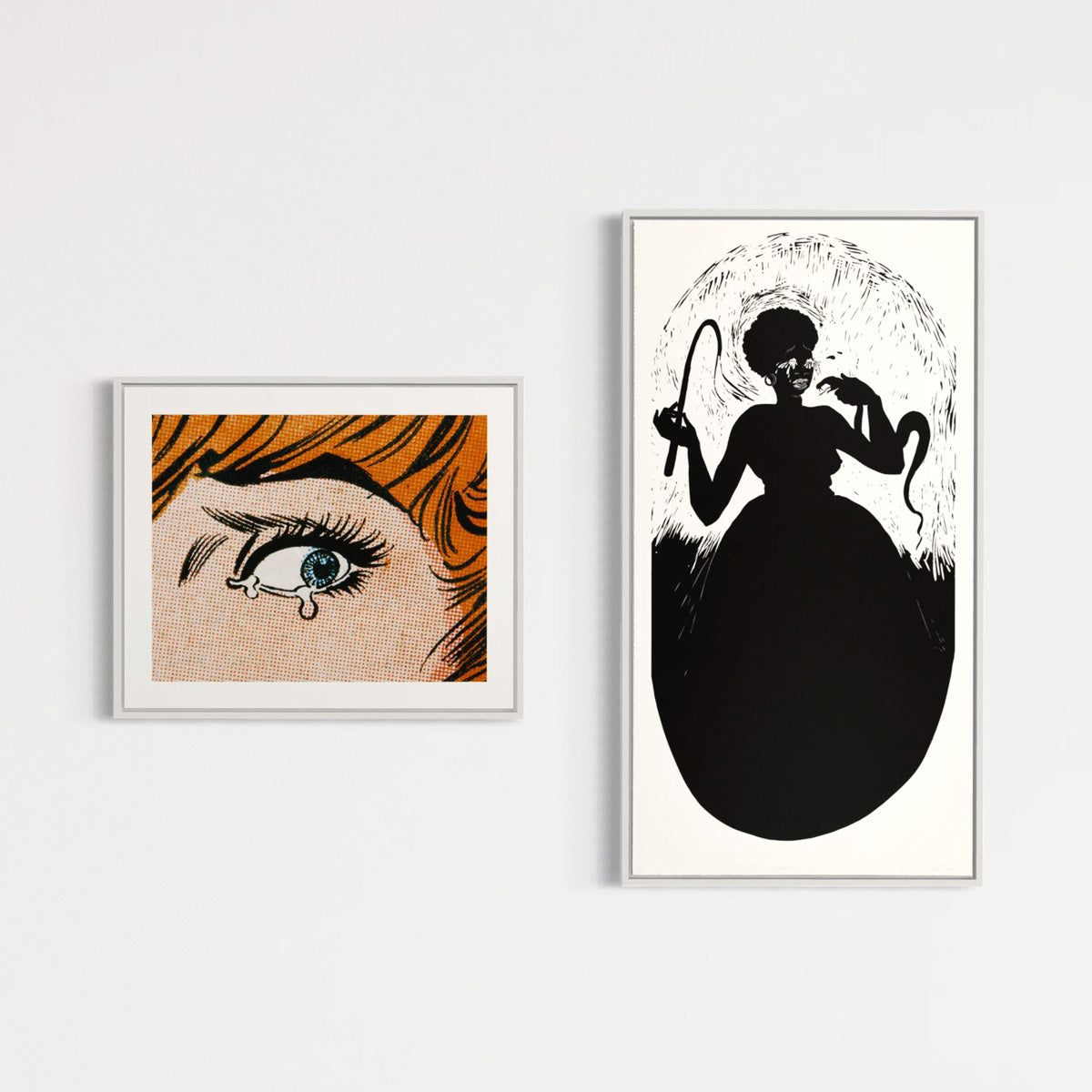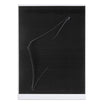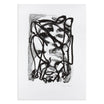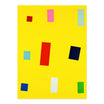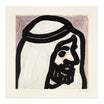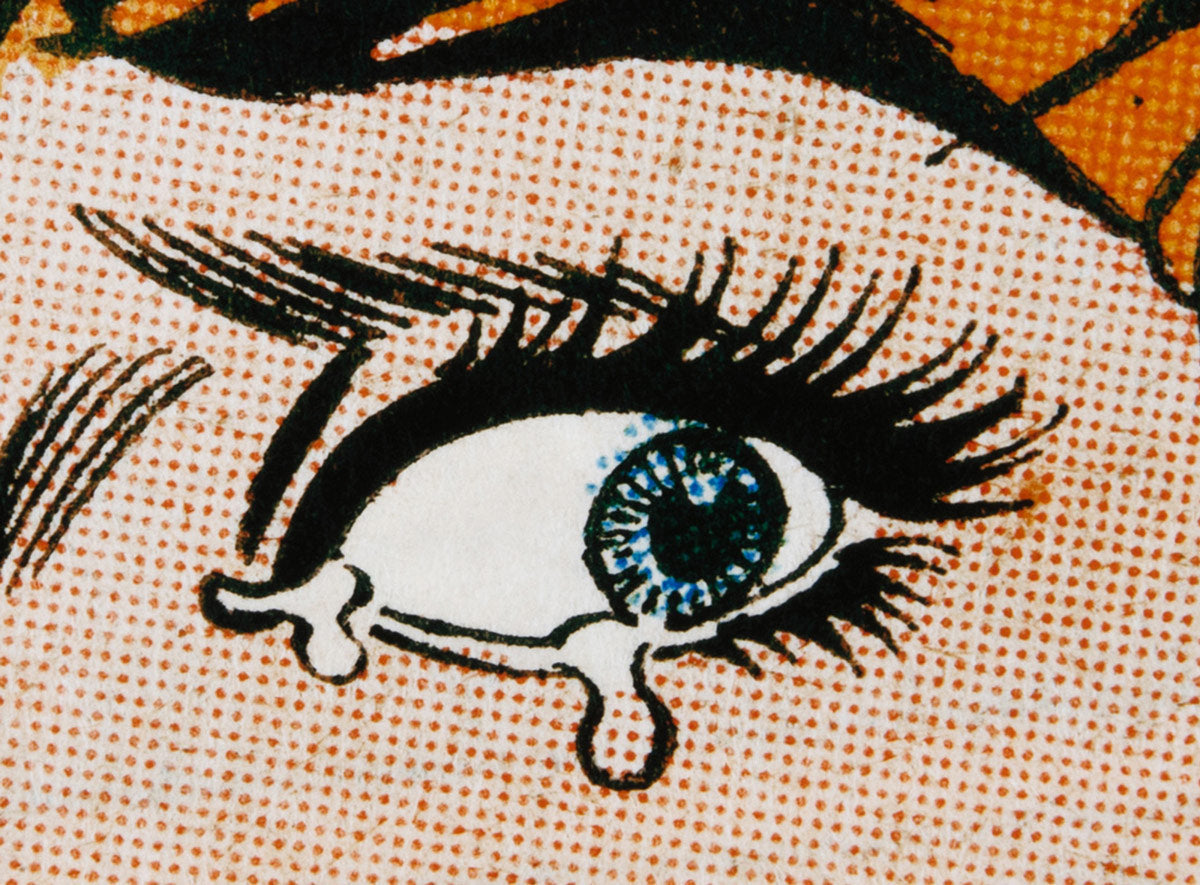Zhang Xiaogang (張曉剛) is one of the most prominent contemporary Chinese artists, renowned for his emotionally evocative and thought-provoking artworks. His signature style, characterized by muted tones and surreal elements, delves into themes of memory, identity, and collective history. Born in 1958 in Kunming, China, the painter emerged as a pivotal figure in the avant-garde movement following the Cultural Revolution. His art often reflects the social and cultural shifts of modern China. Zhang Xiaogang’s most iconic artworks belong to his Bloodline: The Big Family series, which explores familial relationships and the impact of societal norms on personal identity. These paintings, inspired by old family photographs, feature monochromatic portraits with subtle, dreamlike distortions. The red lines connecting figures in the paintings symbolize the complex ties of heritage and history, resonating deeply with audiences worldwide. In addition to his celebrated paintings, Zhang Xiaogang has expanded his repertoire to include limited edition prints, making his artwork more accessible to collectors and enthusiasts. These fine art prints maintain the essence of his originals, showcasing his meticulous attention to detail and emotional depth. They are highly sought after for their artistic and cultural significance, often becoming valuable additions to private collections. Zhang’s influence extends beyond China, with his paintings and prints featured in prestigious museums and galleries globally, including the Museum of Modern Art (MoMA) in New York, the Tate Modern in London and the National Art Museum of China in Beijing. His ability to blend personal memory with collective history has earned him acclaim as a visionary in contemporary art.
